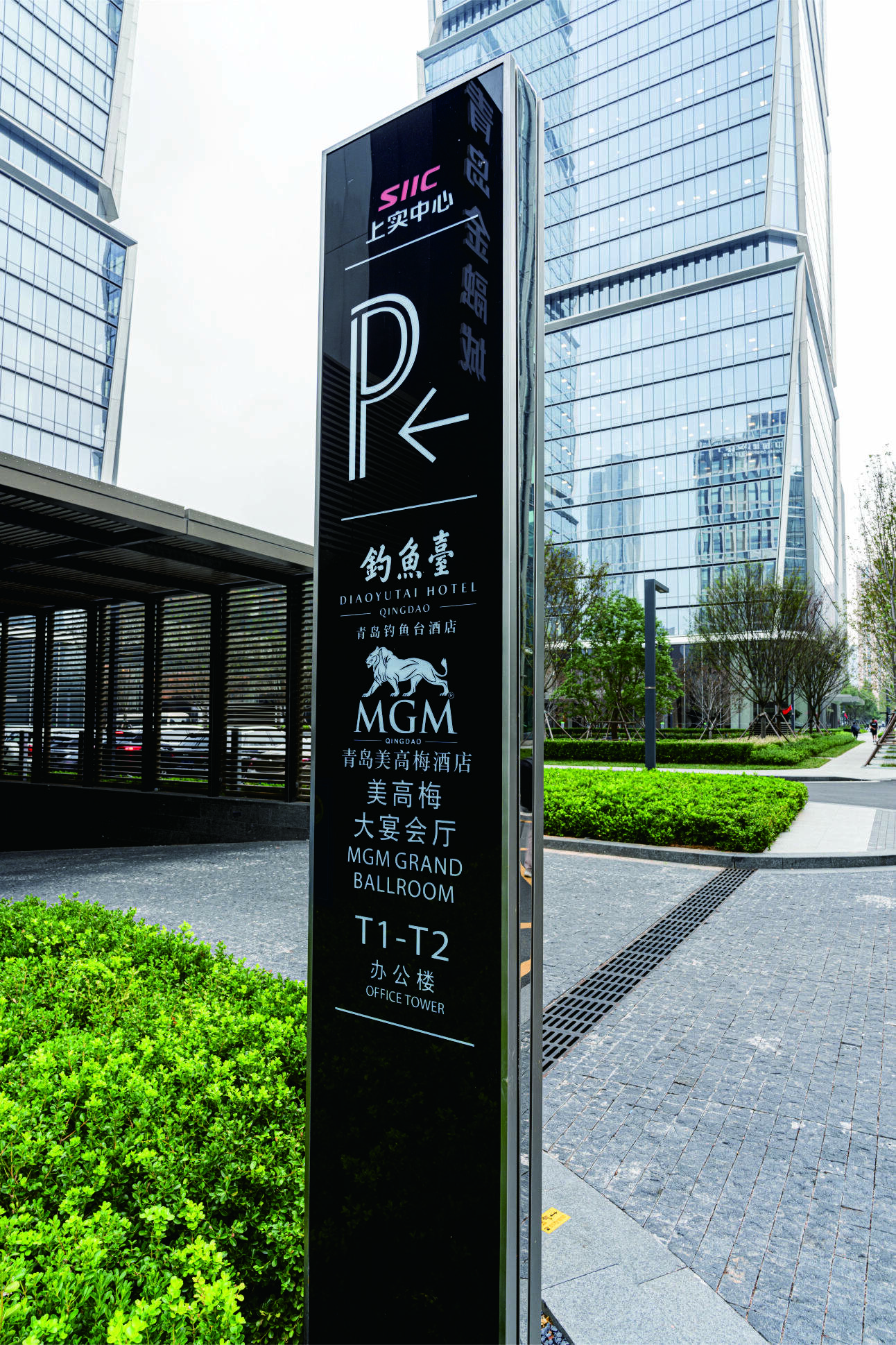In contemporary design, wayfinding signage provides a architecture situated on a user-centered system that organizes more wayfinding signage copyright moderns. As cities grow more complex, achievements in urban design are increasingly dominated by the ability to efficiently move people through structures, academic campuses, and public venues guide. This article focuses wayfinding signage, its tools and principles of design, as well as its relevance in the architecture.
Understanding Wayfinding Signage
The intent and purpose of signs or their designs that serve as symbols maps and panels as well as direction indicators that help people find their way around the environment is defined as wayfinding signage. In addition to performing a purely cognitive function the signs serve an equally important goal of forming a new place in the minds of the people who will live there. Attention effective wayfinding signage includes children, older people and physically challenged people, all of who require special care and support.
Design Principles of Wayfinding Signage
In order for wayfinding signage to be useful, there are certain principles that must be put into consideration, like clarity. Easy and simple language that even a child can understand must be put into signage as well as symbols that are universally recognized. There should also be consistency in the design elements where areas such as color schemes and typography should strengthen the overall and general navigation strategy. Most importantly, considering the placement of signage is also important; signs must be placed on decision points that need direction input. With these design principles in mind, it is now possible to intuitively navigate systems for user improved experience.
Impact on User Experience
With clear wayfinding signage in place, there is bound to be an increase in user experience in almost every environment. In healthcare facilities for example, clear signage reduces anxiety for patients and visitors, making it automatically easier for them to find their appointments. In educational institutions, well designed and strategic wayfinding systems help students and faculty navigate large campuses, creating a strong sense of community. Additionally, effective wayfinding signage in commercial spaces can ultimately result to increased customer satisfaction which positively impacts business.
The Integration of Technology in Wayfinding Systems
The sign systems have the opportunity for an even more profound digitalization. The same is true for sign posts, which can be transformed by the introduction of interactive GIS kiosks, mobile phone applications, and augmented reality, which can provide navigation assistance in real time. Such integration of technology improves services offered and provides opportunities for sign information to be changed dynamically.
Current and Future Development Directions of Wayfinding Signage
In the context of future development, sign systems for wayfinding in contemporary architecture will be directed primarily towards increasing the level of technological innovation and greater attention for environmental care. The more populated urban centers become, the greater the need for effective and efficient systems of wayfinding will arise. Sustainable sign design and strict adherence to sustainable practices in modern architecture will also come into focus as concern for social responsibility broadens. Responding to the behavior patterns of the users is one way that designers and architects can provide effective and efficient integrated sustainable wayfinding systems.
In conclusion, by adopting reasonable design practices and modern technologies, architects and designers can create effective wayfinding systems that serve the diverse needs of users. As multifaceted as modern architecture can be, wayfinding signs aid in navigational enhancement, user experience improvement, and functional contribution to the overall complex. In order to remain competitive in the industries' growth, architects will have to be knowledgeable of the evolving trends and techniques in order to deliver applicable wayfinding signs that satisfy contemporary needs.

